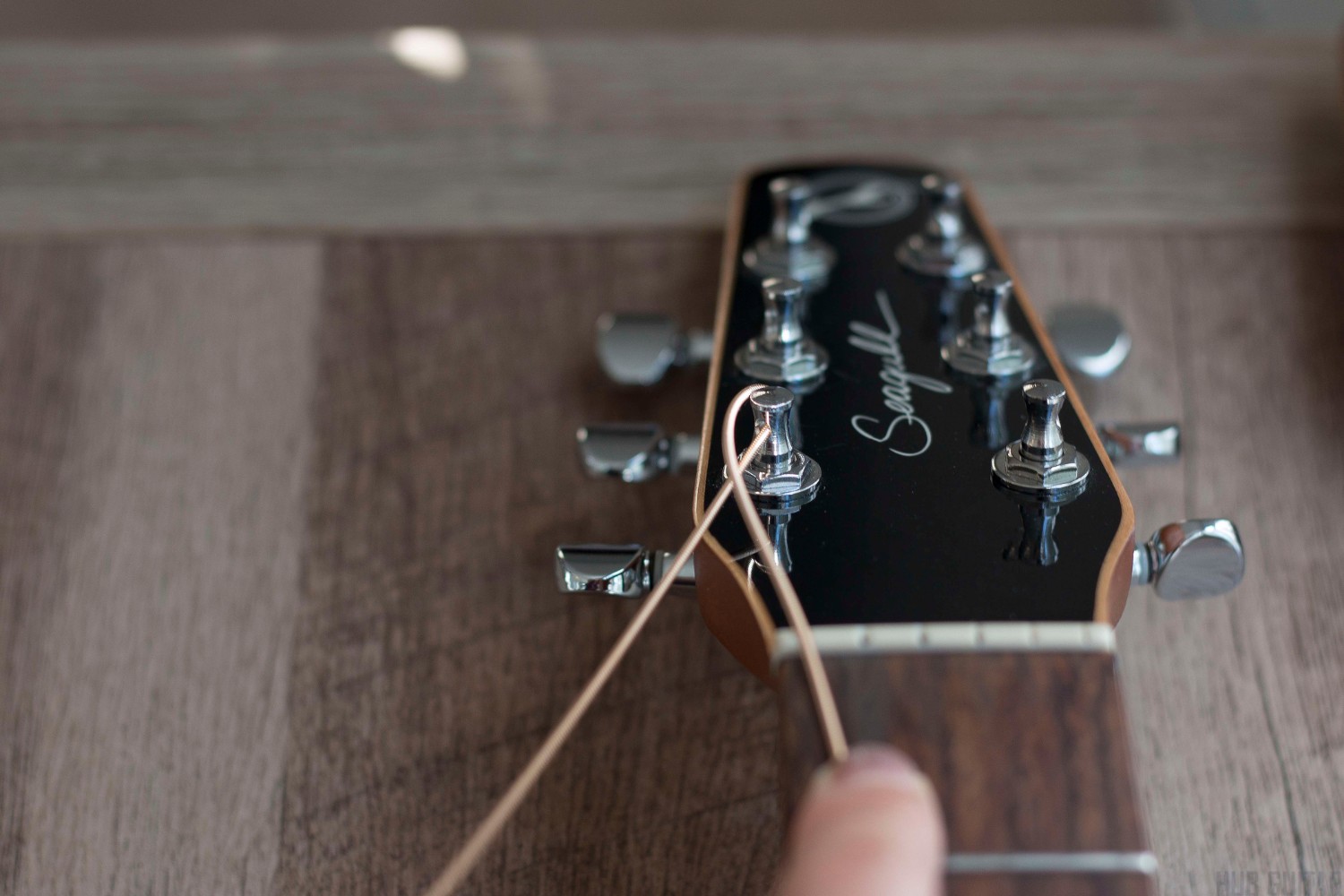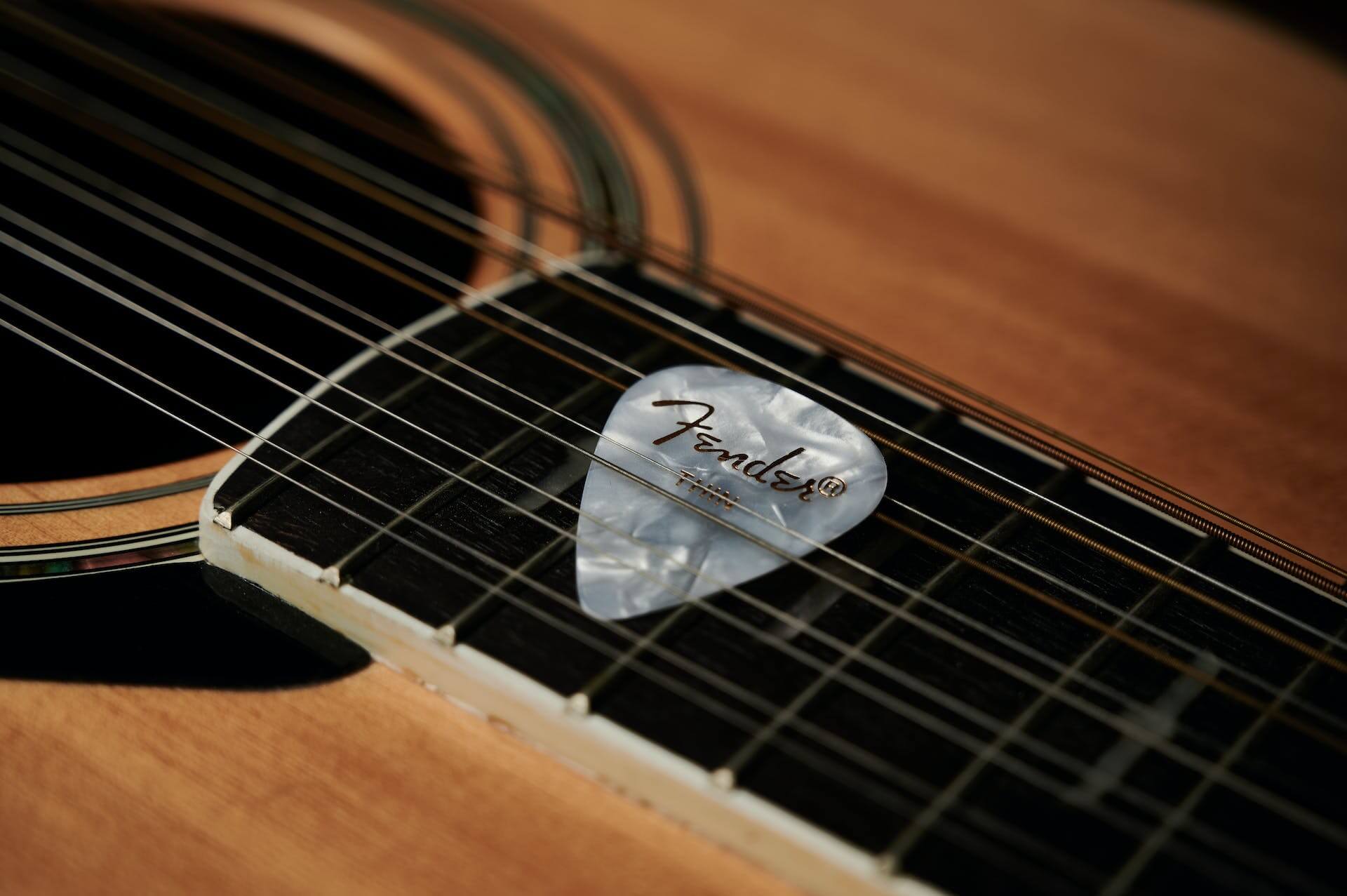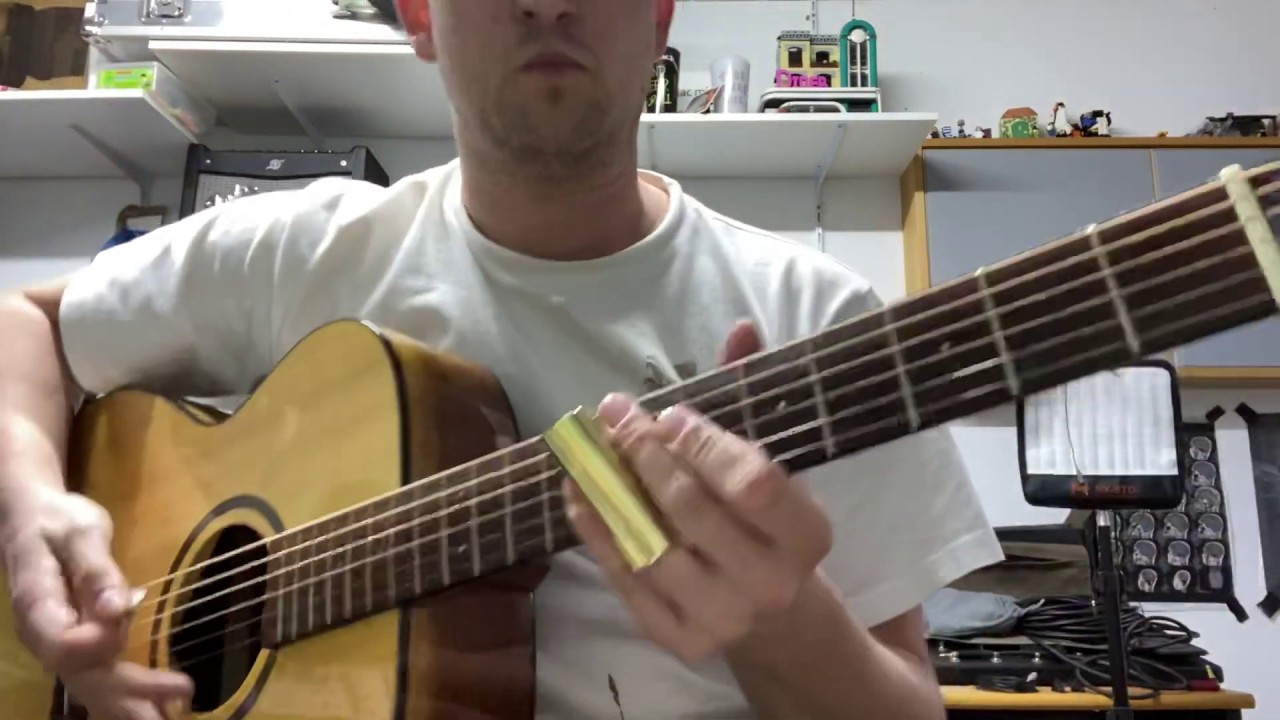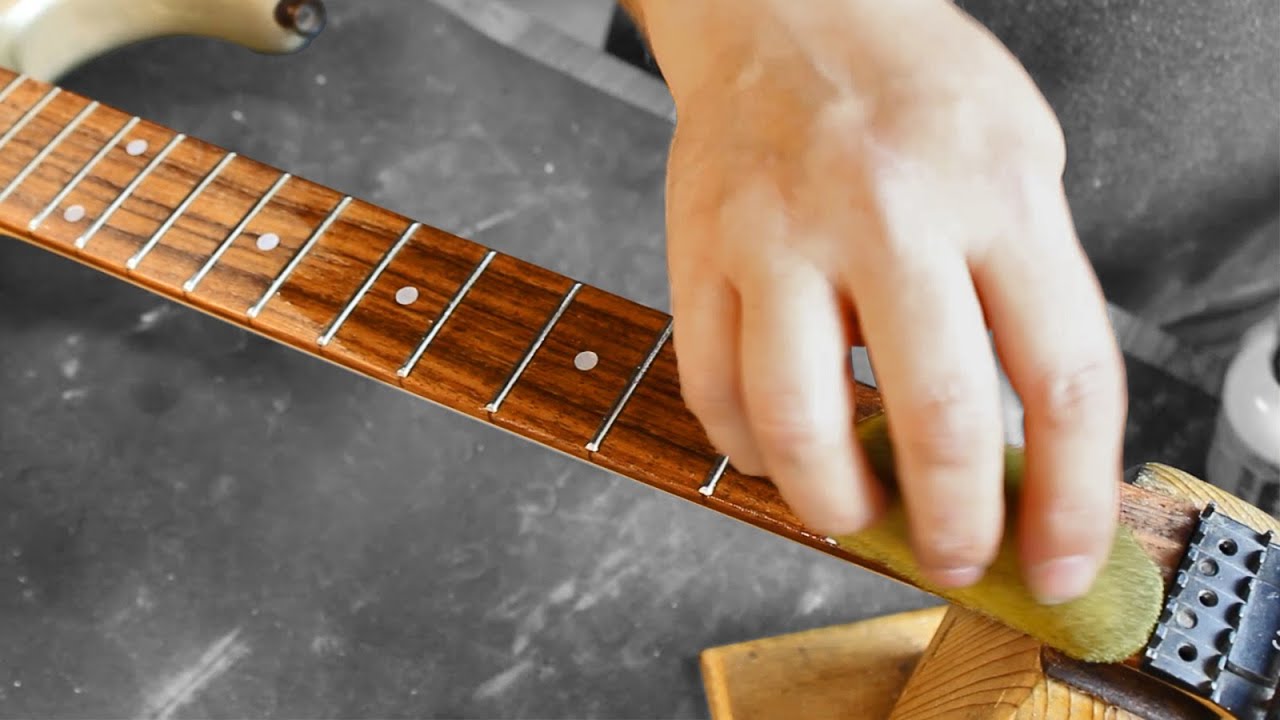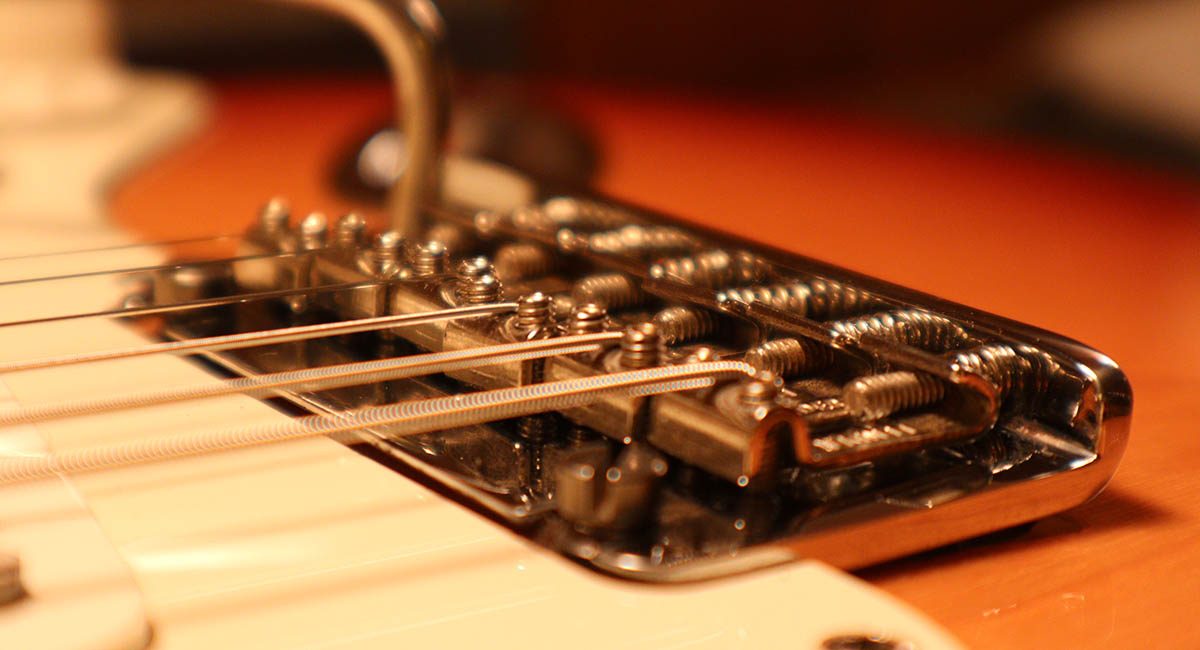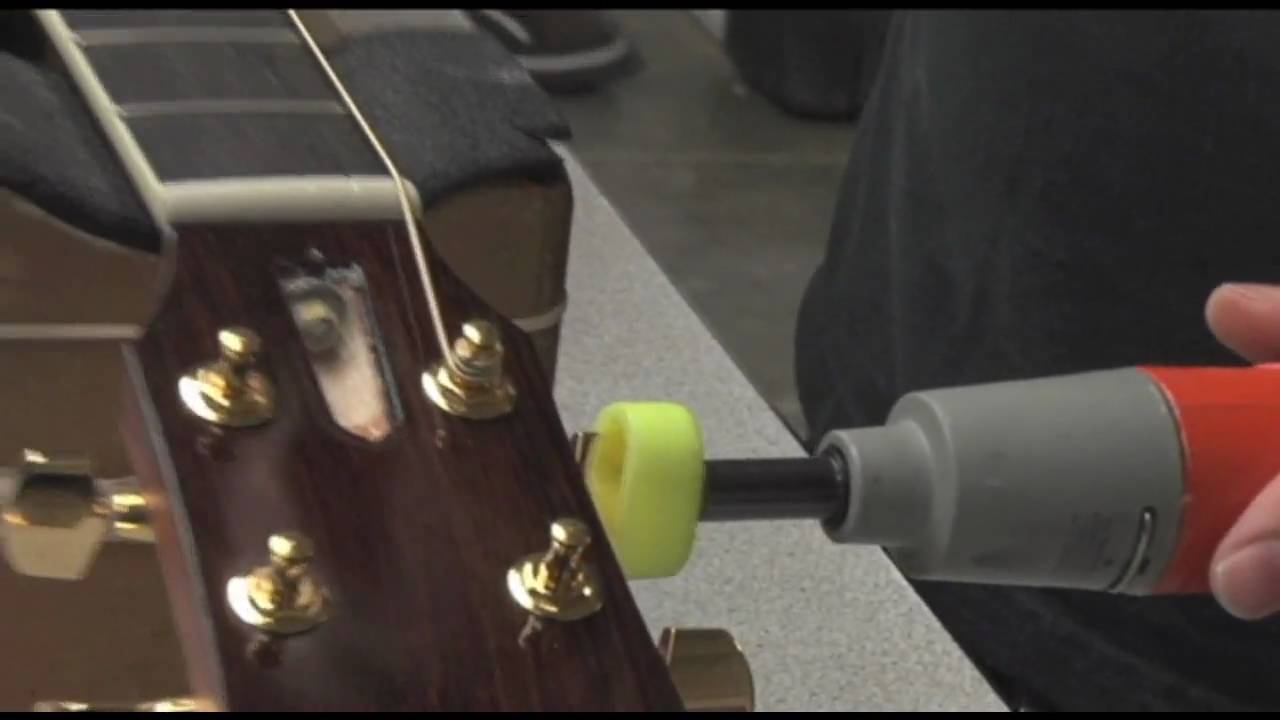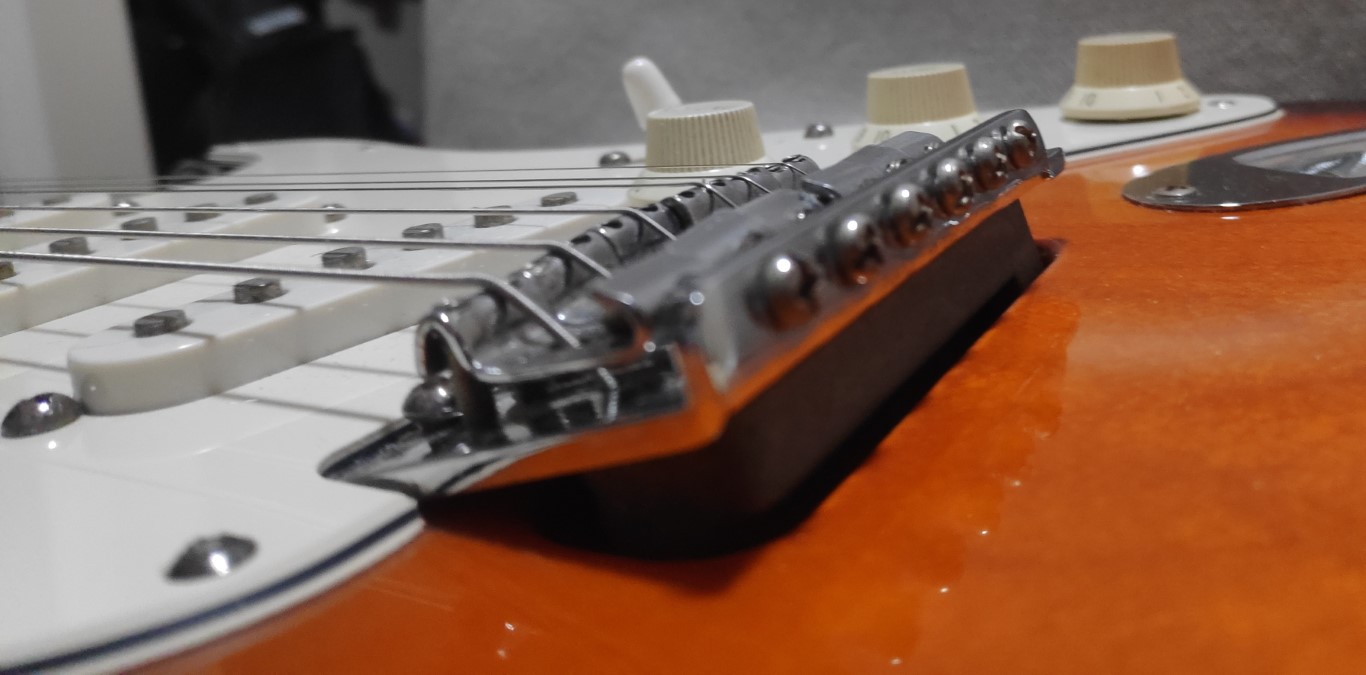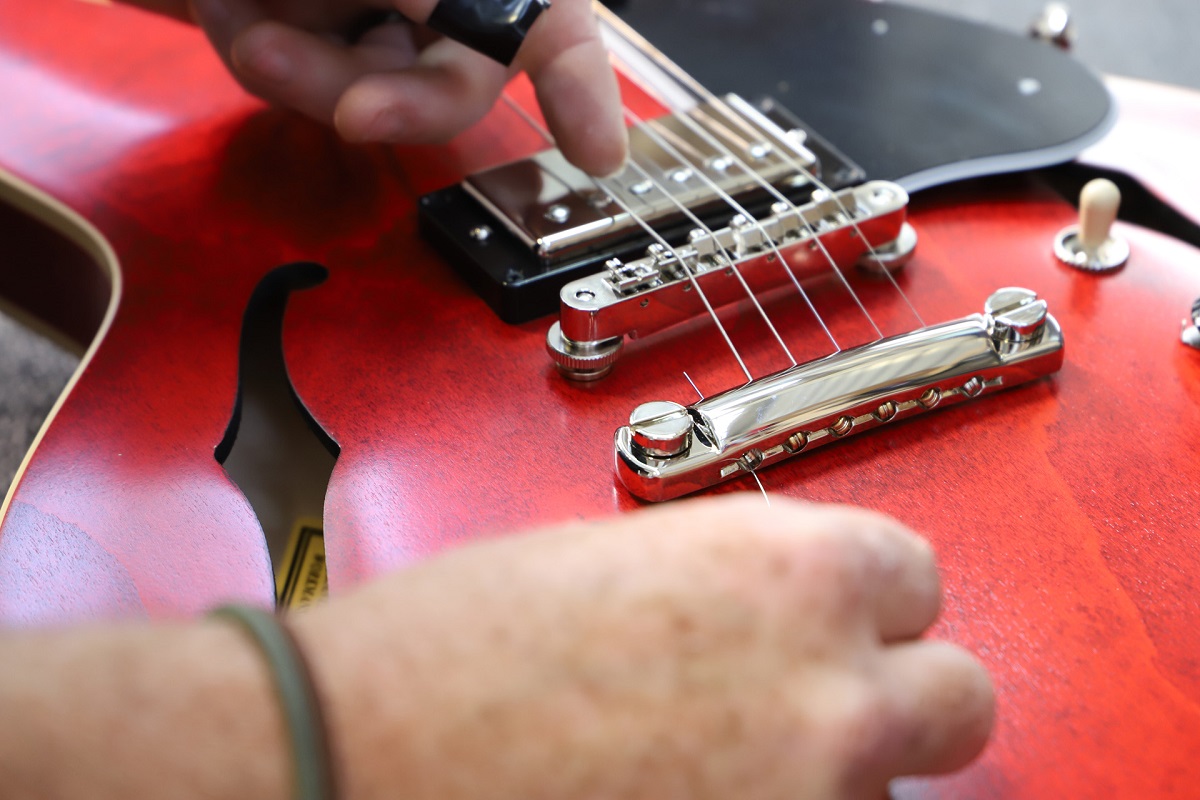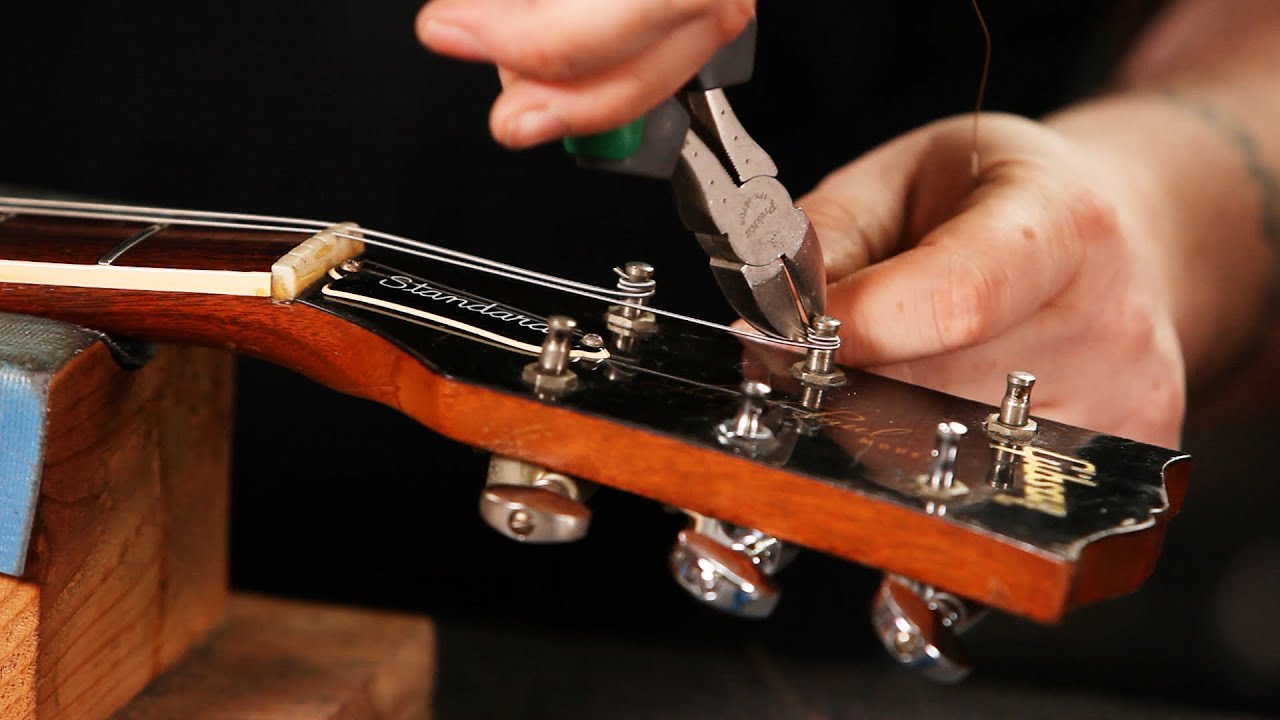Introduction
So, you've been jamming out on your electric guitar, strumming away to your favorite tunes, when suddenly, disaster strikes – a string gets stuck! It's a frustrating and all-too-common problem that can put a damper on your musical flow. But fear not, as I'm here to guide you through the process of removing stuck strings from your electric guitar.
Whether you're a seasoned guitarist or a novice player, dealing with a stuck string can be a real headache. However, with the right tools and know-how, you can tackle this issue with confidence and get back to making beautiful music in no time.
In this guide, we'll explore various methods for removing stuck strings from your electric guitar, covering everything from loosening the tuning pegs to using a string winder and applying a lubricant. Additionally, we'll delve into the process of removing bridge pins, providing you with a comprehensive toolkit to address this common guitar maintenance issue.
By the time you've finished reading this guide, you'll be equipped with the knowledge and techniques to effectively and efficiently remove stuck strings from your electric guitar, ensuring that nothing stands in the way of your musical creativity.
So, grab your guitar and let's dive into the world of troubleshooting stuck strings – soon, you'll be back to rocking out with ease!
Tools Needed
Before embarking on the task of removing stuck strings from your electric guitar, it’s essential to gather the necessary tools to ensure a smooth and effective process. Here’s a list of tools you’ll need:
- String Winder: A string winder is a handy tool that makes the process of loosening and tightening guitar strings much quicker and easier. It’s a must-have for any guitarist’s toolkit.
- Lubricant: Having a lubricant specifically designed for guitar maintenance can be immensely helpful in loosening stuck strings and preventing future issues. Look for a high-quality guitar string lubricant to aid in the removal process.
- Needle-Nose Pliers: These pliers can be useful for gripping and manipulating small parts, such as bridge pins, when dealing with stuck strings.
- Guitar Polish/Cleaner: While not directly involved in the removal process, having guitar polish or cleaner on hand can help maintain the overall condition of your instrument, ensuring that it stays in top shape.
- Cloth: A soft, lint-free cloth is essential for wiping down the guitar and applying lubricant. Keeping your guitar clean is crucial for its longevity and performance.
By having these tools at your disposal, you’ll be well-prepared to address the issue of stuck strings on your electric guitar. With the right equipment and a bit of know-how, you’ll be able to tackle this common guitar maintenance task with confidence and precision.
Loosening the Tuning Pegs
When a guitar string becomes stuck, one of the primary areas to address is the tuning pegs. These pegs are responsible for adjusting the tension of the strings, and if a string is stuck, it may be due to excessive tension or binding around the peg. Here’s a step-by-step guide to loosening the tuning pegs and addressing stuck strings:
- Identify the Stuck String: Before proceeding, identify the specific string that is stuck. This will help you focus your efforts and prevent unnecessary adjustments to other strings.
- Turn the Peg Counter-Clockwise: Using a suitable tool, such as a guitar string winder, gently turn the tuning peg for the stuck string in a counter-clockwise direction. Apply steady but gentle pressure, being mindful not to force the peg, as this could potentially damage the tuning mechanism.
- Listen for Clicking or Popping Sounds: While turning the peg, listen for any clicking or popping sounds, which may indicate that the string is releasing tension and becoming unstuck. If you encounter resistance or unusual sounds, proceed with caution to avoid damaging the string or the guitar’s tuning system.
- Check for Binding: Inspect the area around the tuning peg for any signs of binding or obstruction. Sometimes, the string may be caught or wound unevenly, causing it to become stuck. Gently unwind any excess string and ensure that it moves freely around the peg.
- Repeat as Needed: If the string remains stuck, continue to gradually loosen the tuning peg, periodically checking for signs of improvement. Exercise patience and avoid applying excessive force, as this can lead to unintended consequences.
By following these steps, you can effectively address stuck strings by loosening the tuning pegs on your electric guitar. This method allows you to release excessive tension and resolve binding issues, restoring the functionality of the affected string.
Using a String Winder
A string winder is a valuable tool for any guitarist, especially when it comes to addressing stuck strings on an electric guitar. This simple yet effective device can significantly expedite the process of loosening or tightening guitar strings, making it an essential addition to your toolkit. Here’s how you can utilize a string winder to tackle stuck strings:
- Select the Correct Winder: Ensure that you have a string winder that is compatible with the tuning pegs on your electric guitar. Most string winders feature multiple slots to accommodate various peg sizes, so choose the appropriate slot for your guitar’s pegs.
- Engage the Winder: Place the winder over the tuning peg of the stuck string, ensuring a secure fit. The handle of the winder provides leverage, allowing you to turn the peg more efficiently and with less effort than using your fingers alone.
- Apply Gentle Pressure: With the winder in position, apply gentle pressure and begin turning the tuning peg in the appropriate direction to loosen the stuck string. The winder’s design helps to distribute force evenly, reducing the likelihood of slippage or damage to the peg.
- Monitor the String Tension: As you use the string winder, pay attention to the tension of the stuck string. Gradually easing the tension can help release the string from its stuck position. Listen for any signs of the string becoming unstuck or unwinding from the peg.
- Repeat as Necessary: If the string remains stuck, continue to use the string winder in a controlled manner, periodically checking for progress. Exercise patience and avoid applying excessive force, as this can lead to unintended consequences.
By employing a string winder, you can effectively leverage mechanical advantage to address stuck strings on your electric guitar. This tool streamlines the process of adjusting string tension, making it an invaluable asset for maintaining and troubleshooting your instrument.
Using a Lubricant
When dealing with stuck strings on your electric guitar, the application of a high-quality lubricant can be a game-changer. A specialized guitar string lubricant is designed to reduce friction and binding, making it an effective solution for addressing this common issue. Here’s how you can use a lubricant to alleviate stuck strings:
- Select a Suitable Lubricant: Ensure that you have a lubricant specifically formulated for use on guitar strings. These products are designed to minimize friction without leaving residue or negatively impacting the sound or feel of the strings.
- Apply the Lubricant: Using a clean, lint-free cloth, apply a small amount of the lubricant to the affected area of the stuck string. Focus on the contact points between the string and any components, such as the bridge or nut, where friction may be impeding the string’s movement.
- Gently Work the Lubricant: After applying the lubricant, gently work the affected string back and forth to distribute the product and allow it to penetrate the areas where friction is occurring. This can help to loosen the string and reduce the likelihood of it becoming stuck again.
- Monitor the String’s Movement: As you work the lubricant into the affected area, pay attention to the string’s movement and tension. You may notice a gradual reduction in resistance as the lubricant takes effect, potentially freeing the string from its stuck position.
- Reapply as Needed: If the string remains stuck, reapply the lubricant and continue to work it into the affected area. Exercise patience and avoid applying excessive force, as the lubricant’s properties are designed to facilitate the resolution of the issue over time.
By incorporating a suitable lubricant into your approach to addressing stuck strings, you can effectively minimize friction and binding, allowing for smoother string movement and improved playability. This method provides a proactive solution for preventing and resolving stuck strings on your electric guitar.
Removing the Bridge Pins
When dealing with stuck strings on an electric guitar, particularly those with a pin bridge design, the bridge pins can sometimes be the source of the problem. These pins secure the strings to the bridge and can occasionally become stuck, making it challenging to remove or replace the strings. Here’s a step-by-step guide to removing bridge pins and addressing stuck strings:
- Gather the Necessary Tools: To remove bridge pins, you’ll need a specialized tool known as a bridge pin puller or a suitable alternative, such as a set of needle-nose pliers. These tools provide the leverage and grip needed to extract the pins without causing damage to the guitar.
- Stabilize the Guitar: Before proceeding, ensure that the guitar is securely positioned to prevent any movement or instability during the pin removal process. This helps to maintain the integrity of the instrument and facilitates safe and effective pin extraction.
- Select the Stuck Pin: Identify the bridge pin corresponding to the stuck string and focus your efforts on removing this pin. It’s essential to work methodically and avoid unnecessary manipulation of other pins, which could lead to complications.
- Use the Bridge Pin Puller: If you have a bridge pin puller, insert it beneath the head of the stuck pin and carefully apply upward pressure to lift the pin from the bridge. If using needle-nose pliers, grip the head of the pin firmly and apply a controlled upward force to extract it from the bridge.
- Release the String: As the pin is removed, the tension holding the string in place will be released. Gently unwind the string from the pin and carefully guide it out of the bridge, taking care not to damage the string or the guitar’s finish.
- Inspect and Clean: With the pin and string removed, take the opportunity to inspect the bridge and the pin for any signs of wear or damage. Additionally, clean the area to remove any debris or residue that may have contributed to the pin becoming stuck.
By following these steps, you can effectively remove bridge pins and address stuck strings on your electric guitar. This method provides a comprehensive approach to troubleshooting pin-related issues, ensuring that your guitar remains in optimal playing condition.
Conclusion
Dealing with stuck strings on your electric guitar can be a frustrating experience, but armed with the right tools and techniques, you can effectively address this common issue. Whether it’s loosening the tuning pegs, using a string winder, applying a lubricant, or removing bridge pins, each method offers a valuable approach to troubleshooting and resolving stuck strings.
By taking a systematic and patient approach to troubleshooting stuck strings, you can maintain the optimal performance and playability of your electric guitar. It’s essential to exercise caution and avoid applying excessive force, as this can lead to unintended damage to the instrument or its components. Additionally, regular maintenance and care for your guitar can help prevent issues such as stuck strings from arising in the first place.
Remember, the process of addressing stuck strings is an opportunity to familiarize yourself with the intricacies of your instrument and develop essential maintenance skills. As you navigate the world of guitar maintenance, you’ll gain confidence in troubleshooting common issues and ensuring that your electric guitar remains in top playing condition.
So, the next time you encounter stuck strings on your electric guitar, approach the situation with patience and the knowledge that you have the tools and techniques to effectively resolve the issue. With a bit of practice and a proactive approach to maintenance, you’ll be able to keep the music flowing smoothly and enjoy the full potential of your instrument.







